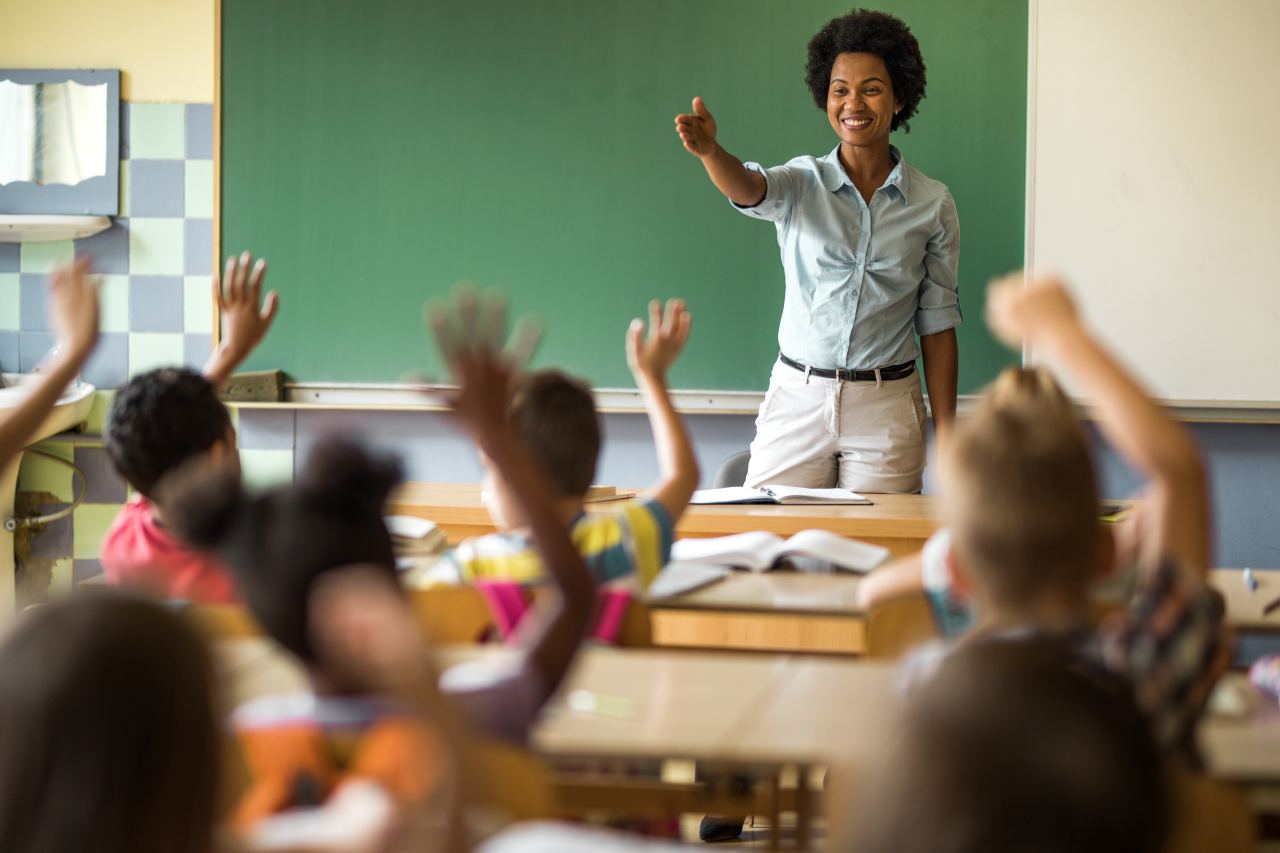Why is etiquette important in the pursuit of becoming a successful teacher

Why is etiquette important in the pursuit of becoming a successful teacher:
Etiquette holds significant importance for individuals aspiring to become successful teachers as it serves as a cornerstone for fostering positive relationships and creating conducive learning environments. Firstly, exhibiting proper etiquette cultivates mutual respect between teachers and students, which is critical in the learning process. Respect forms the basis of a healthy teacher-student dynamic where students feel valued and understood, thus enhancing their receptivity to instruction. This connection not only improves academic performance but also helps in developing a positive self-image among students (Smith, 2020). By adhering to etiquette norms such as polite communication, active listening, and professional demeanor, teachers set a positive example for their students, encouraging them to reciprocate similar behavior. Additionally, these practices help in creating a classroom atmosphere where students feel safe to express themselves, thus fostering creativity and collaboration (Johnson, 2019).
Moreover, etiquette contributes significantly to effective classroom management. A teacher who models etiquette demonstrates authority and establishes clear expectations for behavior, leading to a more disciplined and focused learning environment. By consistently practicing etiquette in interactions with students, teachers foster a sense of order and decorum, minimizing disruptions and maximizing instructional time. This orderly environment promotes academic achievement and supports the attainment of educational objectives, aligning with best practices in pedagogy (Brown & Lee, 2021). Furthermore, practicing good etiquette allows teachers to address conflicts constructively, using respectful language and approaches that defuse tension and facilitate problem-solving (Miller, 2022).
Furthermore, etiquette plays a crucial role in building rapport with colleagues, administrators, and parents. Collaboration is integral to the teaching profession, and maintaining respectful and courteous relationships with peers facilitates teamwork, idea exchange, and professional growth. Teachers who prioritize etiquette in their interactions demonstrate their commitment to creating a harmonious and supportive work environment, which ultimately benefits both educators and students alike. In a professional context, such behaviors are seen as markers of leadership and professionalism, qualities that are increasingly valued in educational settings (Green, 2020). Teachers who exhibit these behaviors often become role models, further influencing the culture of their schools.
Etiquette tips for becoming a successful teacher:
It is important to remember that becoming a successful teacher involves mastering not only the subject matter but also the art of effective communication and fostering a positive learning environment. Etiquette plays a crucial role in shaping the interactions between teachers and students as well as among colleagues. One fundamental aspect of teacher etiquette is punctuality. Arriving on time for classes and meetings demonstrates respect for students’ time and sets a professional tone. Punctuality also signals to students that their education is valued, which can enhance motivation and engagement (Jones, 2021). Additionally, being well-prepared for lessons showcases dedication and enhances the learning experience for students, setting the stage for a productive educational environment. Preparation allows teachers to address diverse learning needs and keep students engaged, reinforcing their commitment to high educational standards (Taylor, 2020).
Maintaining professional boundaries is another essential aspect of teacher etiquette. While it’s important to be approachable and supportive, maintaining a level of professionalism helps establish authority and respect in the classroom. This includes refraining from engaging in gossip or sharing personal information that may undermine your authority as an educator. Professional boundaries create a safe space where students can thrive without the complications of inappropriate familiarity (Anderson, 2020). Furthermore, being mindful of appropriate language and behavior fosters a safe and inclusive learning environment for all students. Inappropriate behavior can disrupt the learning process and damage the trust between teacher and student, making it crucial for educators to model the conduct they expect (White, 2021).
Effective communication skills are paramount for successful teaching, and etiquette plays a significant role in how information is conveyed. Clear and respectful communication with students, parents, and colleagues is essential for building trust and fostering positive relationships. This involves active listening, providing constructive feedback, and addressing concerns in a timely and respectful manner. Effective communication also helps teachers manage expectations and maintain transparency, which are key components of a well-functioning educational environment (Hill, 2019). Cultivating open lines of communication encourages collaboration and enables teachers to better meet the diverse needs of their students, supporting the goal of inclusive education.
Leading by example is another crucial aspect of teacher etiquette. Demonstrating integrity, honesty, and professionalism in all interactions sets a positive example for students to emulate. This includes acknowledging and learning from mistakes as well as showing appreciation for the efforts of others. By modeling desired behaviors, teachers can inspire students to strive for excellence and contribute positively to their school community. Role modeling is especially powerful in shaping students’ attitudes towards learning and their approach to challenges (Stevens, 2022). Teachers who consistently exhibit these qualities often find that their students mirror these behaviors, creating a respectful and engaged classroom culture.
Respecting diversity and inclusivity is integral to creating a welcoming and supportive learning environment. Teachers should be mindful of cultural differences, varying learning styles, and individual needs when planning lessons and interacting with students. Embracing diversity enriches the educational experience and promotes empathy and understanding among students. Addressing issues of discrimination or bias promptly and sensitively reinforces the values of respect and equality in the classroom (Martinez, 2021). In a diverse classroom, etiquette becomes a tool for bridging differences and ensuring that every student feels valued and respected.
Lastly, maintaining a professional demeanor both inside and outside of the classroom is essential for earning the respect of students, parents, and colleagues. This includes dressing appropriately, using professional language and tone, and adhering to school policies and procedures. By upholding high standards of conduct and professionalism, teachers not only enhance their own credibility but also contribute to a positive school culture where all members feel valued and respected. A professional demeanor also helps in establishing trust with parents, which is crucial for a supportive educational partnership (Collins, 2022). Overall, mastering teacher etiquette is essential for fostering a successful and fulfilling career in education.
References:
Anderson, P. (2020). Maintaining Professional Boundaries in Education. New York: Educational Press.
Brown, H. D., & Lee, H. (2021). Principles of Language Learning and Teaching. London: Longman.
Collins, M. (2022). The Role of Professionalism in Education. Cambridge: Education Today.
Green, R. (2020). Professional Etiquette in the Educational Sector. Boston: School Press.
Hill, J. (2019). Communicative Strategies for Teachers. Chicago: Teacher Education.
Johnson, A. (2019). Creating Positive Classroom Environments. Los Angeles: Educator’s Guide.
Jones, L. (2021). Time Management for Educators. Oxford: Academic Publishing.
Martinez, R. (2021). Diversity and Inclusion in the Classroom. San Francisco: Inclusive Education Publishers.
Miller, K. (2022). Conflict Resolution Strategies for Educators. London: Academic Insights.
Smith, T. (2020). Respect in the Classroom: Building Positive Student-Teacher Relationships. New York: Learning Solutions.
Stevens, L. (2022). Role Modeling in Education: Strategies for Success. Philadelphia: Learning Press.
Taylor, S. (2020). Effective Lesson Planning. Sydney: Teaching Masters.
White, J. (2021). Professional Conduct for Educators. Toronto: School Management.

